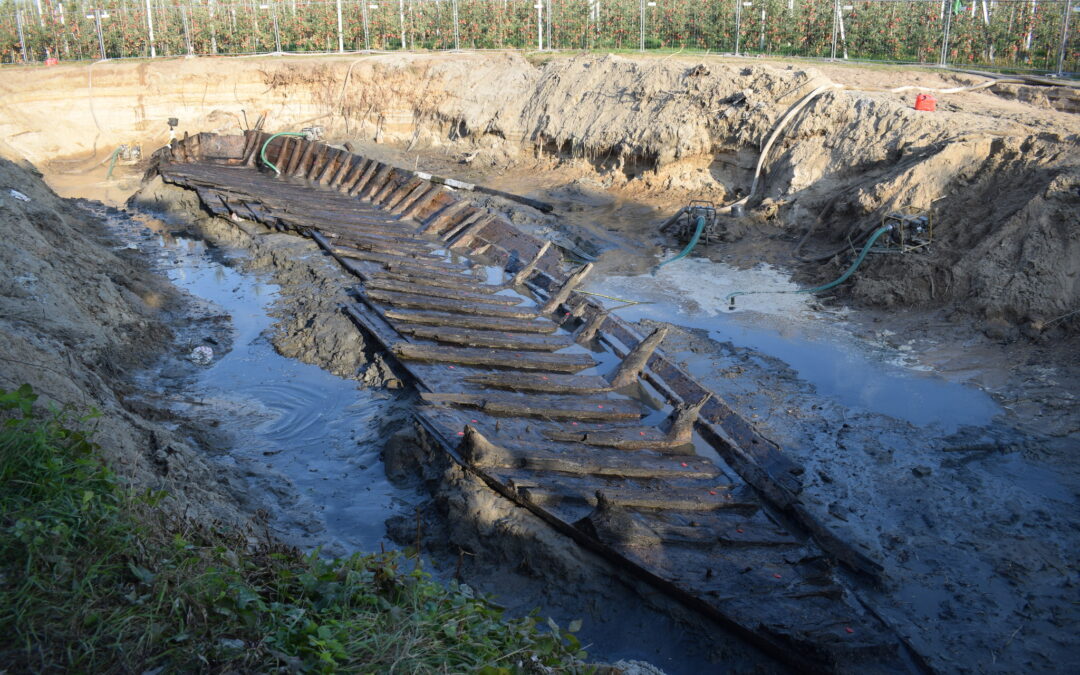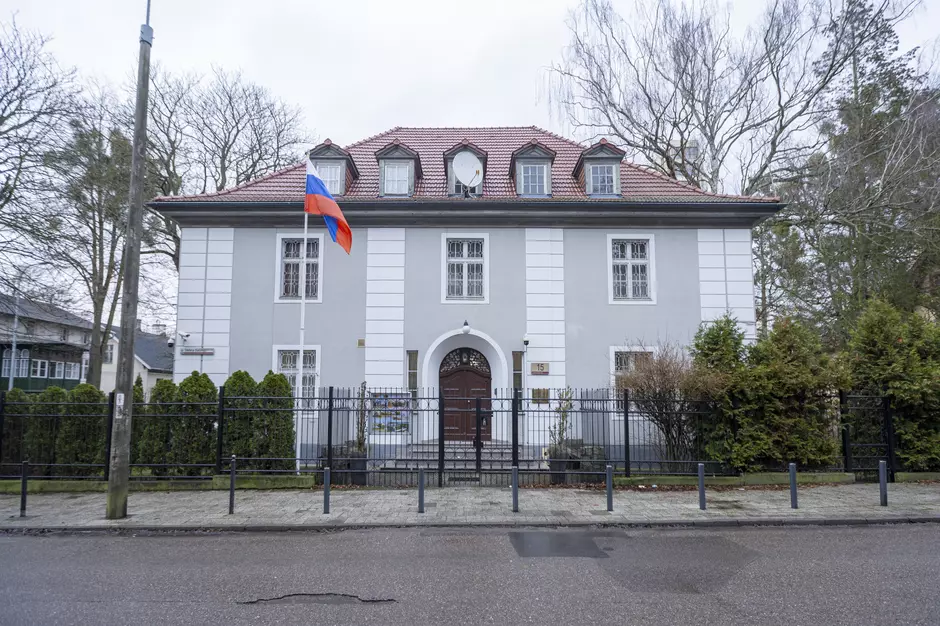Keep our news free from ads and paywalls by making a donation to support our work!

Notes from Poland is run by a small editorial team and is published by an independent, non-profit foundation that is funded through donations from our readers. We cannot do what we do without your support.
A new museum is being established in Poland to house a remarkably well-preserved 15th-century boat that was discovered near the Vistula, the country’s longest river.
The find, known as the Czersk barge in reference to the village where it was unearthed, is the first such medieval vessel to be discovered in Poland, and local authorities hope that the new museum will be “unique not only in Poland but also in Europe”.
W Czersku powstanie muzeum prezentujące średniowieczną szkutę. Nie ma wielu podobnych do szkuty obiektów, które są eksponowane w muzeach. #mazowsze #muzeahttps://t.co/sVg8xje8CK pic.twitter.com/DHN06OYxmz
— Dzieje.pl (@dziejepl) July 7, 2025
The wooden ship, which is around 30 metres long and seven metres wide, was found in 2009 at the bottom of a pond in an area that was once part of the Vistula but is now farmland, as the river’s course has moved eastward over the centuries.
Built in the late 15th century, it would have been used for transporting goods – in particular grain – along the Vistula, a key artery running from Poland’s southern mountains northwards for over 1,000 kilometres to the Baltic coast. It flows through the major cities of Kraków, Warsaw and Gdańsk.
However, after the wreck had been documented, it was reflooded with water and remained in the pond in order to preserve it, because funds and other resources were not yet in place to remove and preserve it.
Only in 2018 was the vessel finally excavated and taken for preservation work at the wood conservation workshop of the State Archaeological Museum in Rybno.
That process remains ongoing and is likely to take many more years, says Wojciech Brzeziński, director of the State Archaeological Museum (PMA) in Warsaw. He notes that preservation of the famous 17th-century warship Vasa recovered from the sea near Stockholm in 1961 lasted for decades.
“Of course, methods have changed somewhat since then,” adds Brzeziński. “However, it will take at least a dozen or so years to complete preservation of the barge and reassemble it so it can be opened to the public.”
A fisherman has discovered a well-preserved medieval sword in the Vistula river in Warsaw, where water levels are currently at record lows following a heatwave https://t.co/3PW5iVwTTJ
— Notes from Poland 🇵🇱 (@notesfrompoland) July 4, 2025
However, a spokeswoman for the regional authorities in Masovia, the province where the barge was found, told the Gazeta Wyborcza daily that some elements of the ship will be ready for display within four or five years.
In preparation, the authorities have purchased land in Czersk, which lies just south of Warsaw, that will be used to build a museum housing the ship.
“Purchasing the right property wasn’t an easy task,” says Adam Struzik, head of the provincial government. “Location was key, but so was the property’s size. The boat itself is enormous, so it requires a building of appropriate size. Space for classrooms, facilities, parking, etc. must also be factored in.”
Polish divers have discovered two 18th-century wooden shipwrecks in the Baltic Sea off Poland's northern coast.
The findings include well-preserved ceramics and glass bottles originating from Westerwald (present-day Germany) between 1725 and 1740 https://t.co/Czs96rHGEu
— Notes from Poland 🇵🇱 (@notesfrompoland) June 24, 2025
In the end, a plot of 27,600 square metres (almost 300,000 square feet) was purchased for 1.9 million zloty (€450,000) from the local Roman Catholic parish, reports Gazeta Wyborcza.
PMA will now oversee the development of the new museum, which will also host other artefacts discovered in the area and feature an education centre dedicated to the history of the Vistula and medieval river transport.
The provincial authorities claim that, given the rarity of such discoveries and the difficulty of recovering and preserving them, the new institution “will therefore be unique not only in Poland but also in Europe”.
Polish divers have found a 19th-century shipwreck in the Baltic Sea containing over 100 bottles of champagne as well as other types of wine https://t.co/NcO5dxr0pF
— Notes from Poland 🇵🇱 (@notesfrompoland) July 24, 2024

Notes from Poland is run by a small editorial team and published by an independent, non-profit foundation that is funded through donations from our readers. We cannot do what we do without your support.
Main image credit: UMWM

Daniel Tilles is editor-in-chief of Notes from Poland. He has written on Polish affairs for a wide range of publications, including Foreign Policy, POLITICO Europe, EUobserver and Dziennik Gazeta Prawna.



















